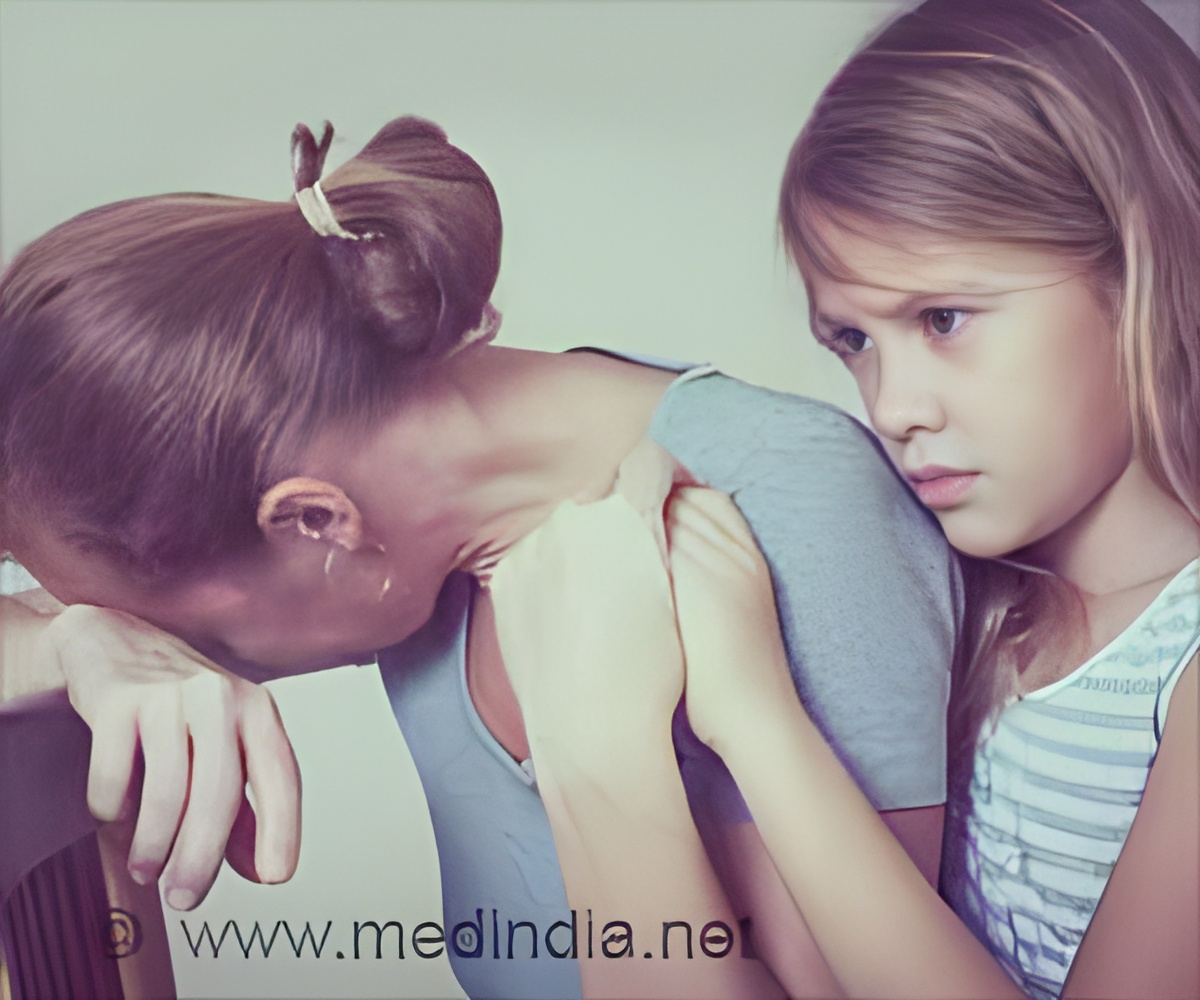
‘Among US youth admitted in hospitals for behavioral health disorders such as depression, nearly 24 percent of the hospital admissions were complicated by suicide attempts or self-harm, a new US study found.’
Tweet it Now
Behavioral disorders affect nearly 20 percent of children in the nation, and are among the top five most costly conditions. "This is a vulnerable population in need of high quality health care," said Lawrence C. Kleinman, MD, MPH, FAAP, the study's principal investigator, and the Frederick C. Robbins Professor of Child and Adolescent Health at Case Western Reserve University School of Medicine and Director of the Center for Child Health and Policy at University Hospitals Rainbow Babies & Children's Hospital. "As self-harm is rarely a principal diagnosis, our approach offers new insights into the extent to which suicidality and self-harm are a part of pediatric hospitalization." The study analyzed all hospital discharge records of patients age 0-20 with primary or secondary diagnoses classified as a behavioral disorder from the 2012 Kids' Inpatient Database (KID), part of the Agency for Healthcare Research and Quality's (AHRQ's) Healthcare Cost and Utilization (HCUP) project. Depression (34%) and other mood disorders (31%) were the most common primary diagnoses, followed by psychotic disorders (9%) and substance use disorders (7%).
Dr. Kleinman noted almost none of the 24 percent of the children and youth who experienced a suicide attempt or other episode of self-harm were discharged with that as the primary reason for admission (known as the primary diagnosis). While children with suicide attempts may be sent home with a primary diagnosis of their underlying behavioral condition, such as depression, they may also be admitted for the physical consequences of the event, such as poisoning.
"Suicide or self-harm is rarely a primary diagnosis," the study concludes, "yet, it is a significant part of all admissions with a behavioral disorder. The primary diagnosis for admitting these children needs to take into consideration not only restoring their physical health, but their mental health as well." The researchers believe these results should stimulate immediate and innovative clinical investigation to better understand how health care services can address the needs of these vulnerable youth.
In a second distinct finding, the rate of behavioral health diagnosis in young women under 21 who deliver babies in the hospital was an order of magnitude higher than in any other group. "The study asks whether this may be a contributor to their becoming pregnant or a consequence of a pregnancy that overwhelms their resilience," said Kleinman."
Advertisement
These costs are disproportionately borne by public insurance programs such as Medicaid and the Child Health Insurance Program. The authors ask if this is in part due to insufficient access for poor children to outpatient mental health services that might have headed off hospitalization. Data suggest children without health insurance do not receive even the hospital services they need.
Advertisement
The researchers hope that these significant findings will lead to enhanced mental health resources and programs for children, teens and young adults.
Source-Eurekalert















